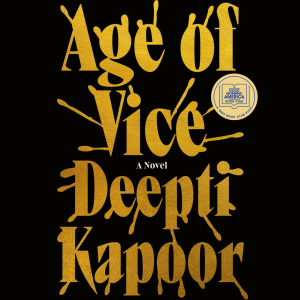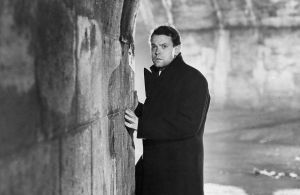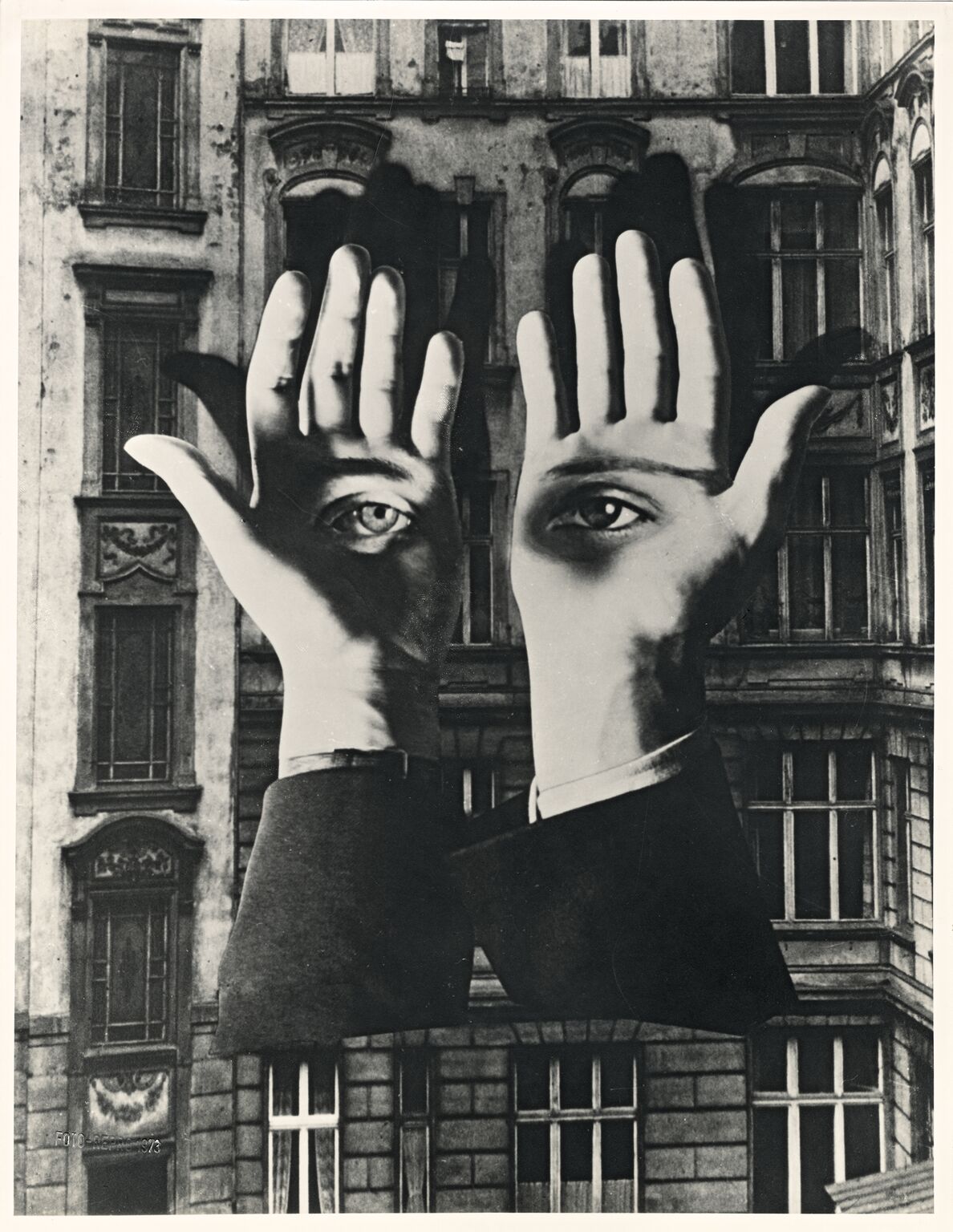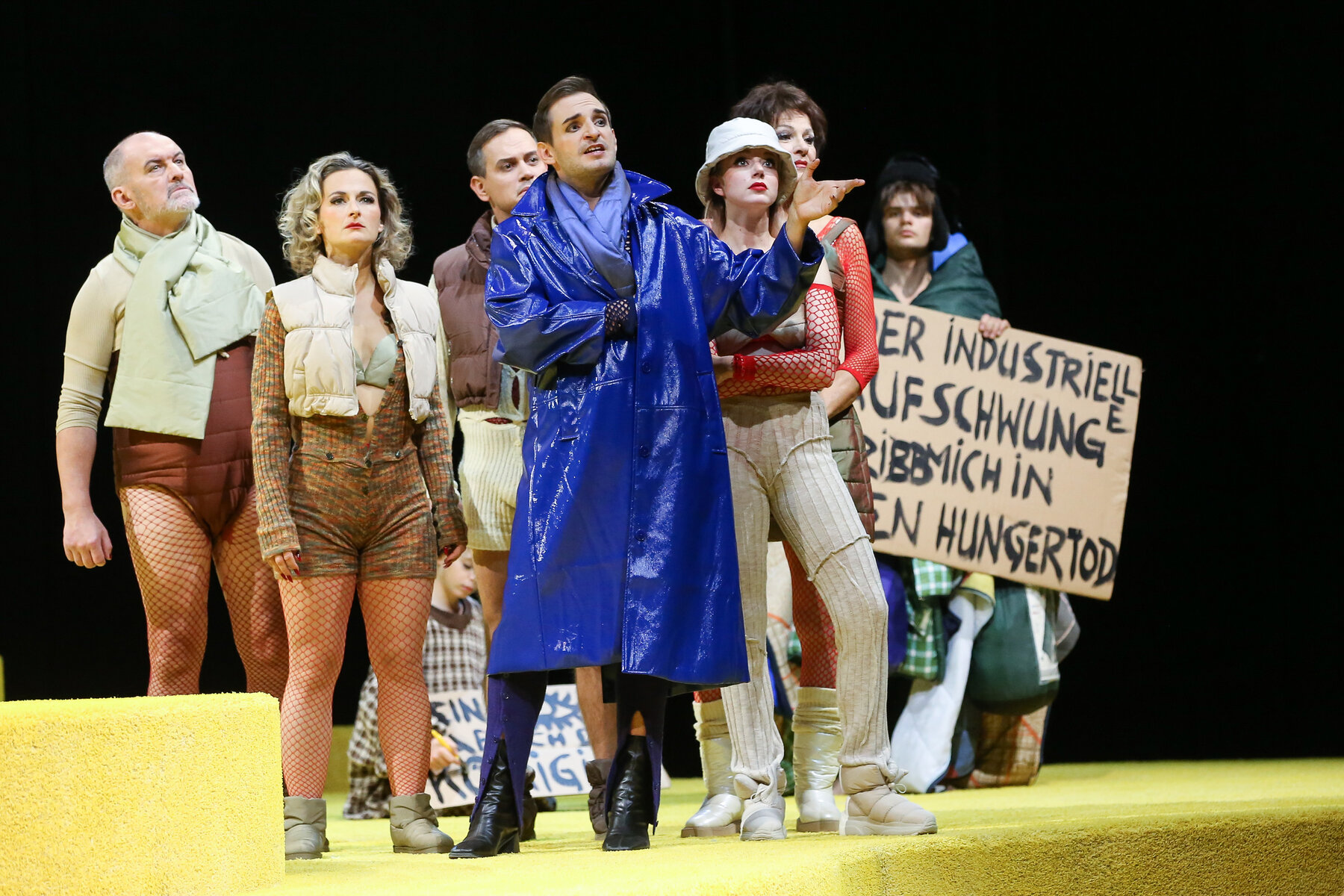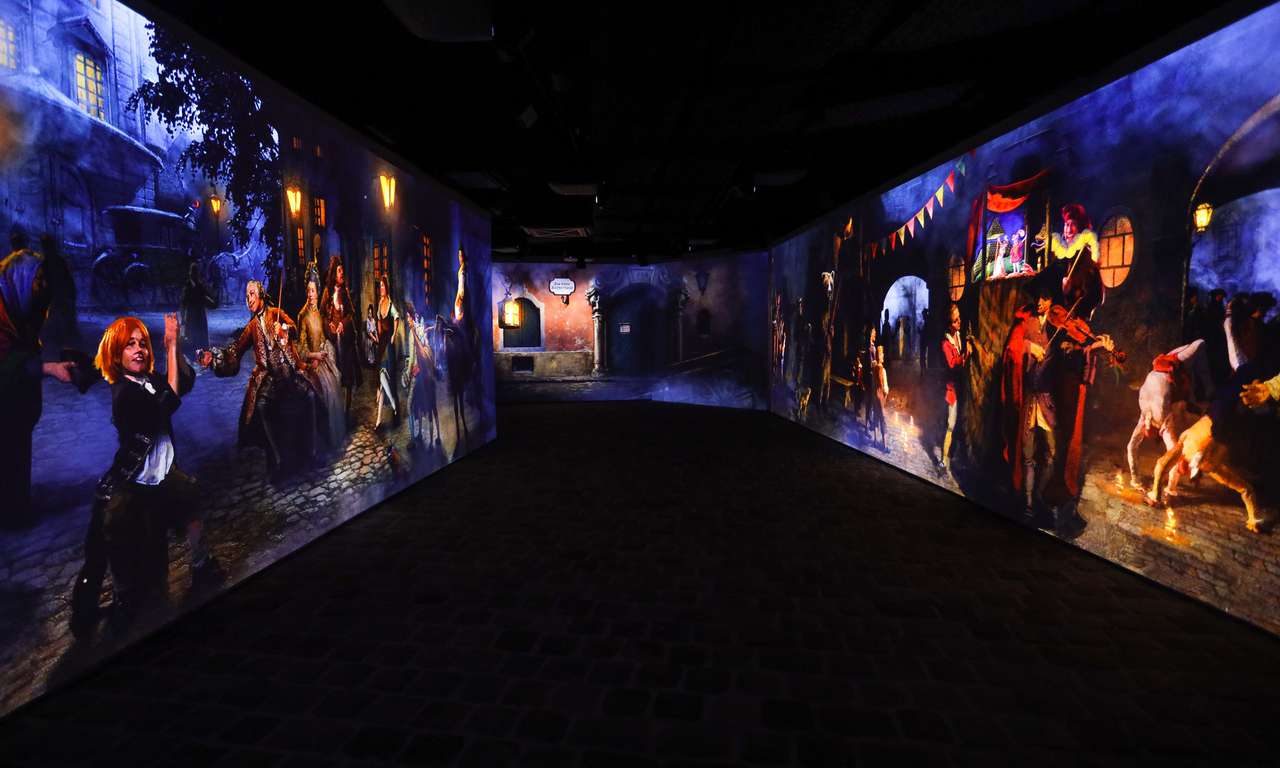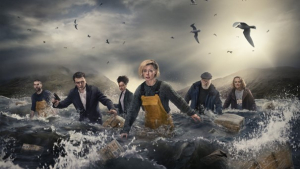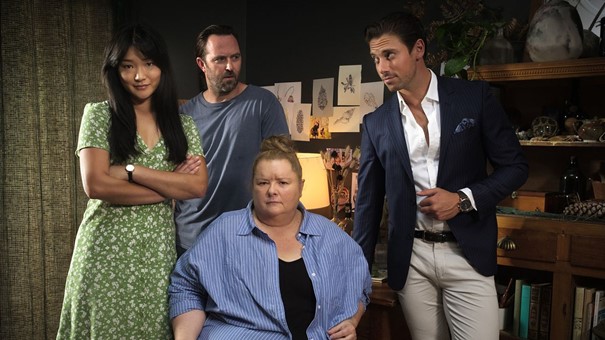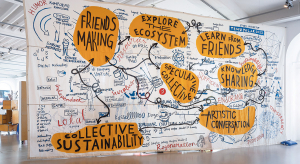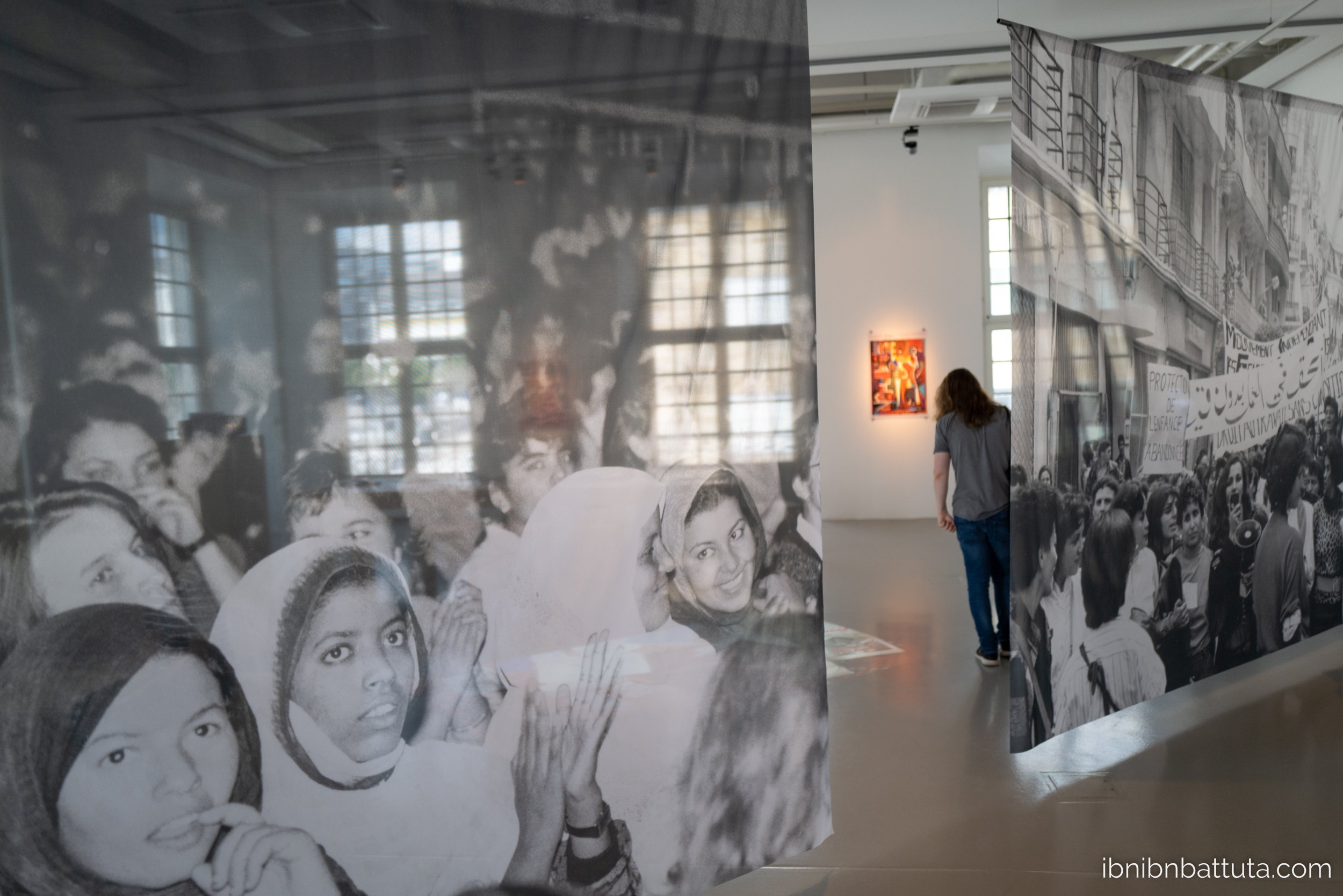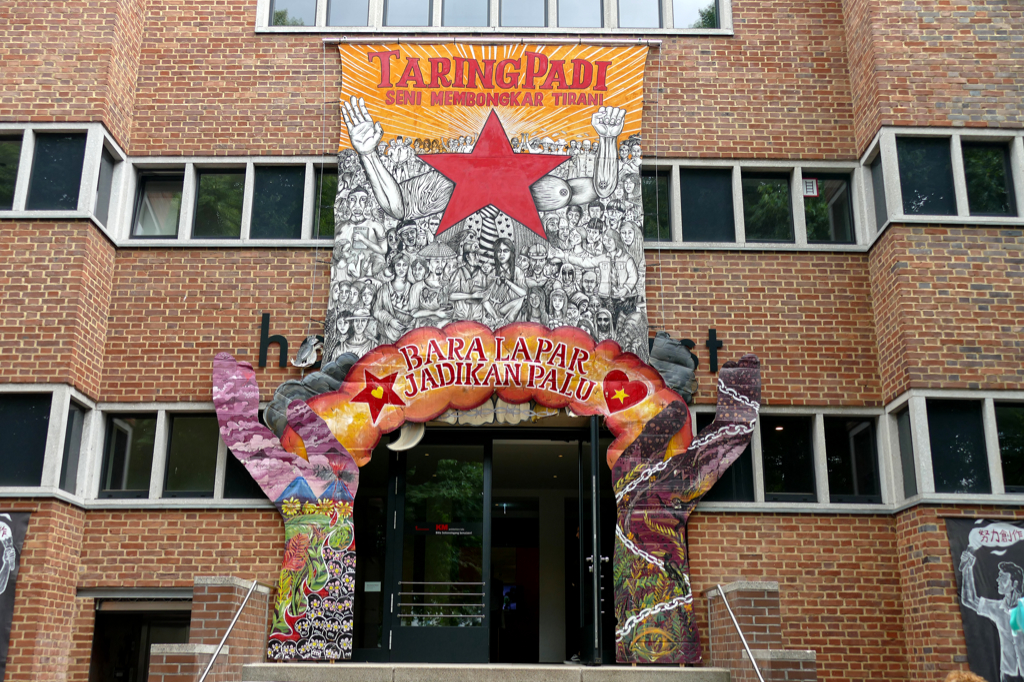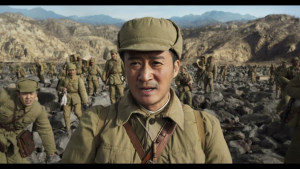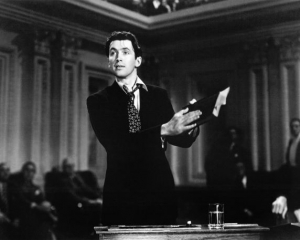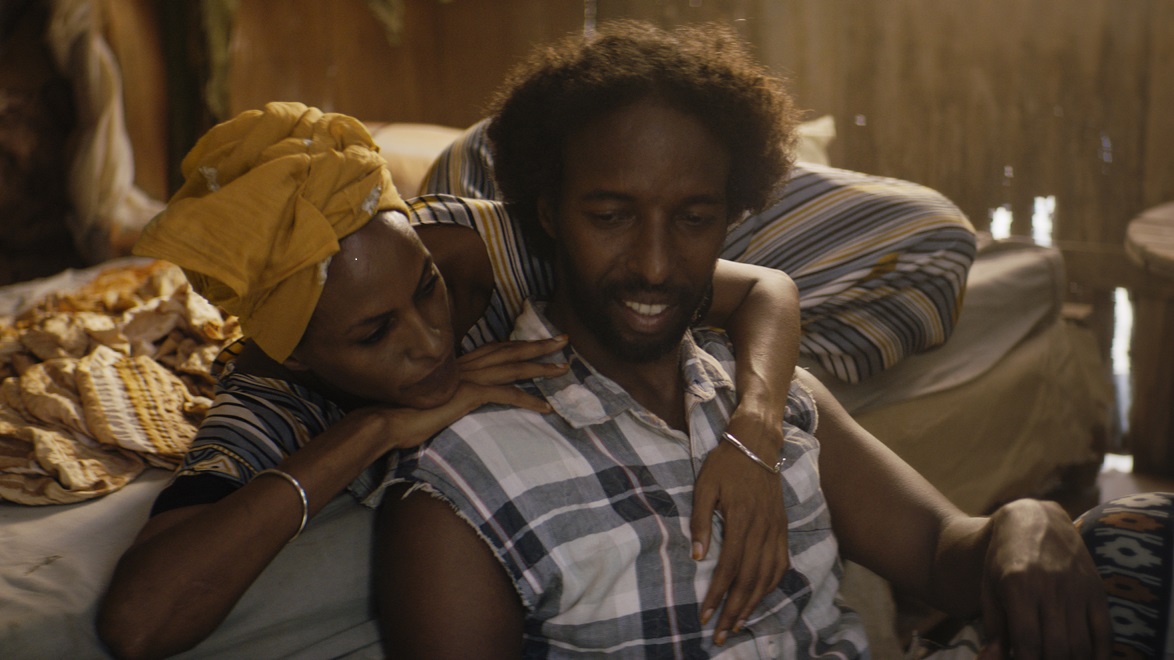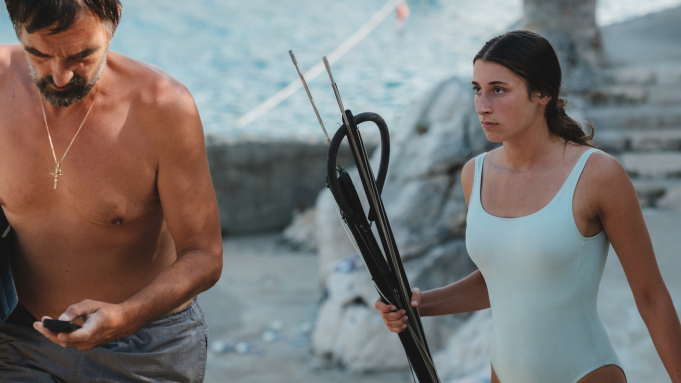What is the state of TV streaming TV Serial Series, in the wake of last year’s Netflix devaluation and this year’s bank crisis in the U.S? That was a question that was not mentioned much at Lille in Northern France at this year’s Series Mania. It’s perhaps the world’s largest television festival, boasting 55 series from 24 countries, including for the first time series from Iran (The Actor) and a Pakistani/Indian co-production (Limboland).
The question of how to survive in an industry in retreat however did surface in disguised form repeatedly. This seeming global cornucopia and abundance of series TV is belied by the fact that financing is shrinking in the wake of another bank collapse. This time it’s Silicon Valley Bank, which made loans to digital companies of which streaming is now a part including bankrolling the streaming service Roku, as well as the collapse on the international level of Credit Suisse.
Not to mention another U.S. mid-level bank failure, that of First Republic, equally crucial to the digital economy on both coasts, which lost 102 billion in deposits in the first quarter of 2023 and needed a 30 billion bailout just to stay alive. The net effect of a run on mid-level banks in the U.S. was that money fled to the supposedly safer, larger banks, in particular J.P. Morgan (whose profits jumped 52% for the first quarter of 2023) and Citibank. J.P. Morgan also has now absorbed First Republic.
These banks will be much more conservative financiers of a largely debt-ridden industry which has yet to turn a profit. Warner Bros., operator of HBO Max, which recently became just Max, is 50 billion in debt, having lost 217 million in the first quarter, claiming that loss is actually a victory since it was far less than the previous quarter, while Disney+ is hoping to be profitable by 2024.

First Republic Bank, now wholly owned by J.P. Morgan
So there will be less money to go around, and the money that is available will be coming from more conservative sources which will want more guarantees that the money invested will be profitable. All this in the wake of last year’s market devaluation of Netflix, based on subscribers declining for one quarter and a new emphasis on overall company profitability rather than on number of new subscribers, as the market becomes more suspicious of the streaming ‘house of cards’.
The retrenchment was an unacknowledged topic at the conference, with everyone realizing that budgets will be leaner and fewer series will be commissioned. There is also in the industry a new conservatism in programming, which likely dates from Reed Hastings’ comment in 2019, at that time as the head of the most influential streamer Netflix, about not opposing Saudi cuts in his company’s documentary because “We’re not in the news business. We’re not trying to do truth to power. We’re trying to entertain.”
This purposeful abnegation of any larger social role for the streaming industry was like the statement attributed to Jack Warner in 1947 in the wake of a strike against his studio, that “I will never again make a film about the common man.”
The renouncement of social content was touched upon by Series Mania director Laurence Herszberg, who candidly declared before the festival that “Today Netflix is more conservative than TF1” (TF1 is a commercial French on-air station, the equivalent in the U.S. perhaps to CBS).
The result of this retrenchment, which is already apparent, is a cutting back not only on the number of series and/or on the budgets of commissioned series, but also the failure of some of the streaming services. If they survive, it will be by making cheaper series, usually meaning unscripted or reality series which means a general diminution in quality.
Last year the French streamer Salto collapsed, while the merger of Warner Bros. and the documentary service Discovery meant that the resulting streamer, now simply titled Max, having shed the name of HBO, is now about saturation – but with cheaper reality series from the Discovery label, with the emphasis on more bottom feeder series such as Gold Rush, Deadliest Catch, and Moonshiners.
The End of Peak TV
This new state of affairs was described by the online service Slate as no longer “Peak TV” but rather “Trough” or bottom-of-the barrel TV. Two years ago, 2021, was probably the height of series abundance with 559 series produced in the U.S. By contrast, in the current climate, Sky, one of the leaders in European series, has invested in 200 series but only about 10 percent of them are scripted.
All over the world consumers, led by the U.S. and now labelled ‘cord cutters’, are cancelling expensive cable services for cheaper streamers. The problem for the streamers is that inflation and an austerity-driven global attack on working class income such as the French raising of the pension age from 62 to 64, and global central banks’ raising of interest rates which makes borrowing prohibitive, means that cord cutters are subscribing to fewer streaming services.
Meanwhile, as Herszberg says, streaming services across the globe are growing and have now reached by her count 700, which means the competition for viewers is increasing.
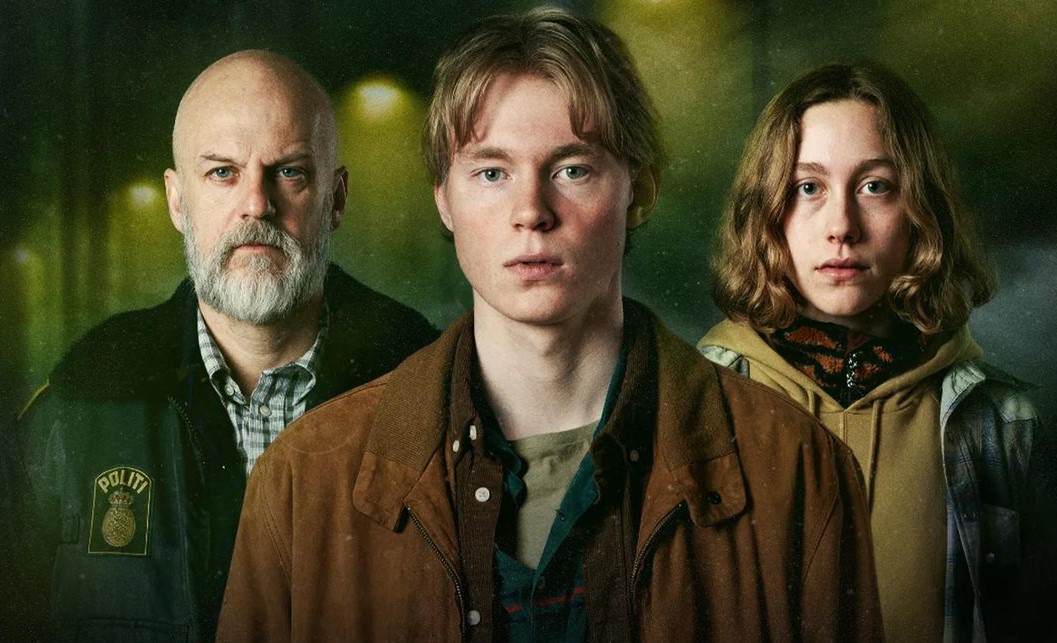
Nordland '99
All this new penny pinching has prompted a return by the streaming industry to many of the practices of the older era of network TV, practices which for a decade or so the streamers had claimed had been surpassed in a frenzy of creative activity. Series are being cancelled sooner with some now cancelled in production before they reach the air.
This practice is more in line with the usual mid-season casualty list of network TV which used to announce after Christmas a fresh second season, having replaced fall series that were duds and ratings failures with spring series, many of which, a few months later, shared the same fate.
Budgets for series are being reduced and canny showrunners are already adapting to the new austerity. One of the best series in the festival was Nordland ’99 from Danish public television, in a shortened but tight half-hour rather than the usual hour format. The showrunner, Kasper Møller Rask, has fashioned a low-budget, rural series with a cast of mostly newcomers, filmed cheaply in the Danish countryside whose dark forests are alive with the eerie intonations of David Lynch’s Twin Peaks while also echoing the themes of Lynch’s series. Here, three teens search for their missing friend and discover the evil of an adult world which itself has been left for dead by the systemic brutality of what in the West can now be labelled authoritarian neoliberalism.
Freedom to choose bland TV
Another accommodation to the network TV era is the adoption of the dreaded strategy of advertising, which Netflix previously was famous for shunning, instead claiming it was viewer-sponsored with its revenue coming exclusively from subscriptions. All streamers now though have instituted “two-tiered” pricing, with a lower price that includes advertising and a higher price that excludes it. Advertising of course also opens the door to sponsors having a say in content and particularly in the atmosphere that the program surrounding their product sets up – yet another infringement on creativity that means blander content. This new austerity, control, and limiting of the range of content is presented as “freedom of choice” for the consumer.
To appeal to lenders wanting to be assured their money will prosper, the buzzword in streaming is now “IP,” Intellectual Property, which does not mean more thoughtful challenging work but rather the opposite. IP denotes utilization of a previously successful property. In the Hollywood studio sense this could mean that the series already has an audience in another medium, thus the recent television remakes of the novels Great Expectations and Tom Jones and Drops of God, an international co-production from a popular Japanese manga about competition between wine growers in France and Japan.
More often though IP means the extension of one hit series into a franchise, the business term, or “universe,” its creative equivalent. With the success of the very conservative Yellowstone, a kind of modern-day cross between Bonanza and Dynasty, about a rancher and his family holding onto their land, aided by the fading star quality of Kevin Costner, Paramount+ has now gone back in time and created two copycat series about the origin of the dynasty titled 1883 and 1923.
This trend is further magnified by the ratings success of the Game of Thrones prequel House of the Dragon, which despite a lacklustre final season for the origin series has proven to be an enormous hit and which has prompted the development of six more GOT series. You can never have too much of a good thing even if that good thing ended by exhausting itself.
A mountainous abundance of ****
The general quality of the streamers’ stables is declining. Once upon a time television was referred to as “the vast wasteland” with that phrase then superseded by the labelling of the streaming era as a new “Golden Age,” harkening back to socially inflected anthology dramas of television’s early years. Today’s budget-conscious streamers, in an era of increasing competition, each stressed at the conference their desire to be all things to all audiences, a one-stop shop for entertainment, given that much of the audience can now only afford one stop.
This Noah’s Ark approach – comedy, drama, family, quality entertainment all in the same bundle – stressed the element of abundance, but the truth is there is now mostly an abundance of shows without much merit, so that, to find quality series it is now necessary to scour all the streamers to find the one or two relevant series on each.

Sylvester Stallone’s Tulsa, part of the Paramount+ “Mountain of Entertainment”
Paramount+, for example, a newcomer to European markets, in line with its old studio logo featuring a snow-capped peak, described its offerings as “a mountain of entertainment,” a “popular array of content” that presented a range of series with each being “best in class.” The streamer’s “sizzle reel,” a montage of its various offerings, with the tagline “The Stars Are Streaming,” belied these claims, featuring the almost comatose Costner in Yellowstone, Sylvester Stallone in his beyond-cliched gangster series Tulsa, a coming extension of Dexter about a vengeful serial killer and NCIS Sydney, the overseas expansion of that tired franchise. This is surely a mountain of something, but I’m not sure the correct name for it is entertainment.
There are three ways that both globally and locally the power of the streamers is being challenged. The first, in Europe, is still the possibility of government intervention to level the playing field, though as in many forms of the digital economy, with the EU already currently behind in the race for Artificial Intelligence (AI) as exemplified in ChatGPT, this intervention often comes in the ‘too little, too late’ variety.
There is a European mandate that the American streamers’ content must be at least 30 percent local. Despite or perhaps to surmount this mandate, the streamers are pilfering the best European series talent, with Netflix, for example, recently having hired Eleonora Andreatta, formerly the head of the drama department of the Italian public television network RAI and with the producers of the French espionage series Bureau of Legends, which has now become a global franchise, currently working for Disney+.
In France, though, following the Chinese model, each co-pro with an American streamer now must have a delegated French producer. The idea here is that the producer then absorbs the American model and can instill it into French production, the way the Chinese allowed foreign companies to set up in China but then absorbed their know-how.
The writers are striking!
The most impactful challenge though at the moment is located in the belly of the beast. As this article goes to press, the biggest story in series and film production is the looming writers’ strike, which is now almost a certainty and will commence in May.
Since 2007, with a contract won in the wake of the last strike, the writers have been watching those gains steadily erode as their salaries declined by on average 4 percent while profits in the entertainment industry as a whole, despite the debt, have soared. The streaming companies on the other hand, now more budget-conscious, have not budged in negotiations, trying to extract as much profit as possible from writers who have a crucial role in the establishment of series TV and whose hiring is now more precarious since series have shorter time spans, 8 to 12 episodes as opposed to the former network model of 22.
Those 8 to 12 episodes now also take longer to produce in the era of “quality TV” but writers are being paid the same amount per show and thus are forced, as are workers everywhere, to work longer hours for less pay.
One of the points of contention in the writer’s contract is the use of AI, with producers threatening to employ this latest technological breakthrough to author scripts and the writers campaigning to keep AI out of the writing process. The problem here is that because of the declining quality which this article has mapped, and the whole history of Hollywood film and television production as rolling off an assembly line, some of the recent series look like they have already been written by programs like ChatGPT.
However, this assembly line production can never replace well-written series. One need only look at two recent series, released within a day of each other, to observe this. Amazon’s bloated, utterly unoriginal John Wick/True Lies/Jason Bourne paint-by-numbers Citadel, which will become a global franchise with new entries in India and Italy, sounds like it has been spun off a machine. To use the language of AI, the script, lacking an ounce of originality, is simply recombinatory.
On the other hand, David E. Kelley’s Love and Death, an extraordinary, minute examination of how unmet desires in a suburb of Texas at the dawn of the repressive Reagan “Revolution” erupt into violence, is not a machine-like spitting out of past cliches but a highly original work.
The third challenge to the power of the streamers is in the global content of showrunners willing to buck the trend of “pure entertainment” and create socially relevant series, which admittedly are in the vast minority.
The anti-capitalist alternative to wealth porn like Succession
An India/Pakistani production Limboland, although much more Pakistani centered, being shot amid the breathtaking peaks and lowlands of the Hunza Valley in Karachi, is a Succession themed series but unlike that series – which is simply wealth porn – has an anti-capitalist point.
Limboland centers on the decisions an old man, now a wealthy hotel owner, made in his life, shutting out the woman he loved in favor of the pursuit of money with a non-Western pace that equally belies the frantic pursuit of profit evidenced even in the editing of its American cousin.
Equally, Black Santiago Club, from Benin, describes the fellow-feeling around a jazz club that is being threatened by a developer who wants to gut the club and turn it into condo apartments. The film is crystal clear on both the communal sprit engendered by the club and the attempt to destroy that spirit by privatizing for profit what is a neighborhood treasure.

Little Bird
Finally, two other series highlighted racial inequality. The first was Canada’s Little Bird, voted the audience favourite at the festival, which situated itself first in the present as it follows the path of a Native American ripped away from her family and inserted into a Jewish professional milieu in which she has thrived. Then it flashes back to her painful abduction by the Canadian state and highlights the attitude of superiority that allowed that state to break up families in the name of “progress.”
Netflix’s Thicker Than Water, currently streaming on the network, a tour-de-force by showrunner, writer and series lead Nawell Madani, highlights the racism of the French professional classes. An Algerian female reporter must claw her way onto the set of French TV as an anchor woman, all the while dealing with her brother who is connected to a gang, while cooperating with her sisters as their family is caught up in trying to rescue the brother. As a reporter Fara is allowed her own curly black hair, a physical mark of her Arab heritage, but as an anchor, to come into the living rooms of a white French public, she must straighten her hair and dye it blonde. After the changeover, she climbs into an elevator filled with nothing but dyed blonde French women, ascending to the top of the station hierarchy symbolically and physically.

Thicker Than Water
As Western economies everywhere decline, the streamers also find themselves in a precarious position with Peacock, Comcast’s streamer made up of content from NBC/Universal, now rumored to possibly lose its identity in a merger with Warner Bros.’s Discovery, and thus in danger of becoming the first of the major streamers to throw in the towel.
Opposing the corporate juggernauts
The struggle continues of writers, other creative workers in the creative industries, public stations, alternative streamers as well as audiences to oppose the corporate juggernauts. In the latest manifestation of this struggle, writers, never more important in the industry, attempt, through the time-honoured tool of a strike, to fight off these latest efforts to reduce their value both by a regressive movement back to “non-scripted” reality television and a coming attempt to supplant their work in general through the onslaught of AI and ChatGPT’s replacing of a writer’s sensibility with a machinic recombination of genres. Unfortunately, the decline in series quality, supposedly motivated by decreasing budgets, is playing its part by readying audiences to accept this degraded mode of production.
Dennis Broe’s articles are television are available on Substack at Cultural Politics For Those Who Care and on his website Bro On The Global Television Beat. His latest book on television is Diary Of A Digital Plague Year: Corona Culture, Serial TV and The Rise of The Streaming Services.
